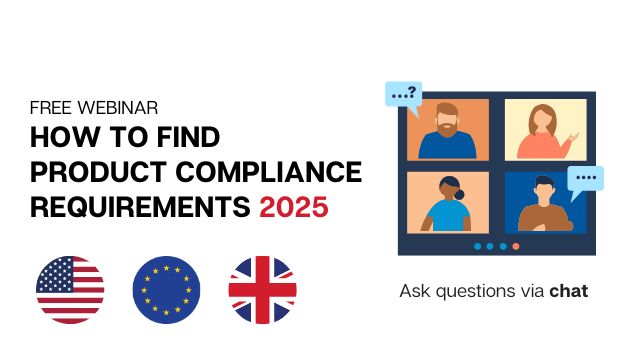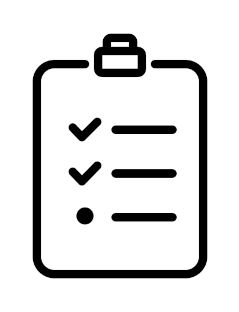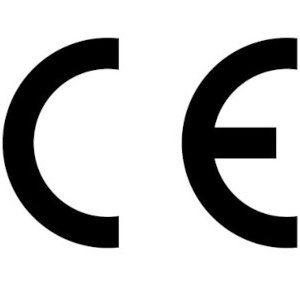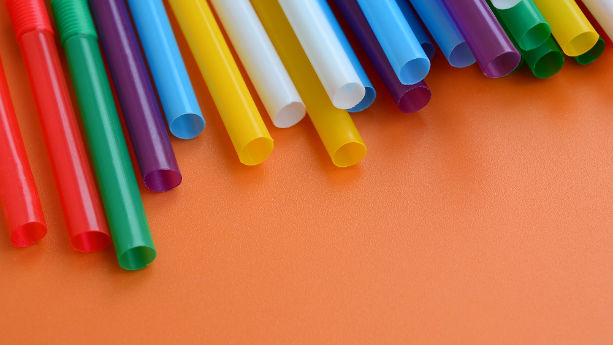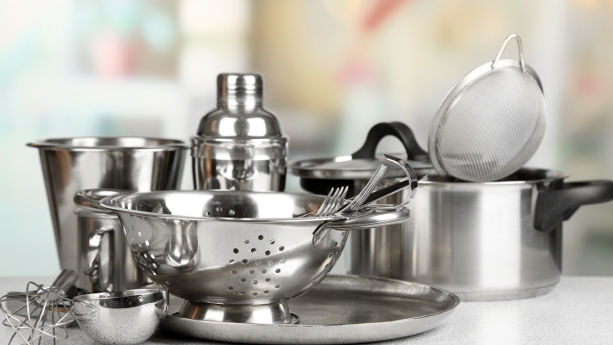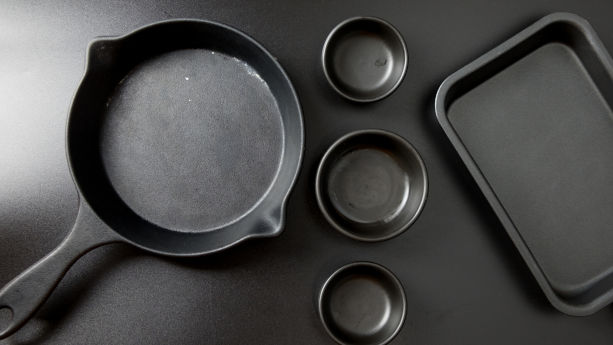Certain food contact materials must be accompanied by a Declaration of Compliance when sold or distributed in the European Union. This responsibility to issue a Declaration of Compliance generally falls on the manufacturer or other companies that introduce the product on the EU market
For context, food contact materials can refer to food packaging materials, drinking bottles, cutlery, and other products and materials in contact with food and beverages.
In this guide, we answer common questions about FCM Declaration of Compliance requirements in the EU.
Covered regulations
- Plastic Materials Regulation (EU) 10/2011
- Recycled Plastic FCM Regulation (EU) 2022/1616
- Use of Bisphenol A in FCM Regulation (EU) 2024/3190
- Restriction of Use of Certain Epoxy Derivatives in FCM Regulation (EC) 1895/2005
- Ceramic FCM Directive 84/500/EEC
- Active and Intelligent FCM Regulation (EC) 450/2009
- Regenerated Cellulose Film FCM Directive 2007/42/EC
- Polyamide and Melamine Plastic Kitchenware from China or Hong Kong SAR (China) Regulation (EU) 284/2011
Continue reading EU Declaration of Compliance (DoC) for Food Contact Materials Guide

